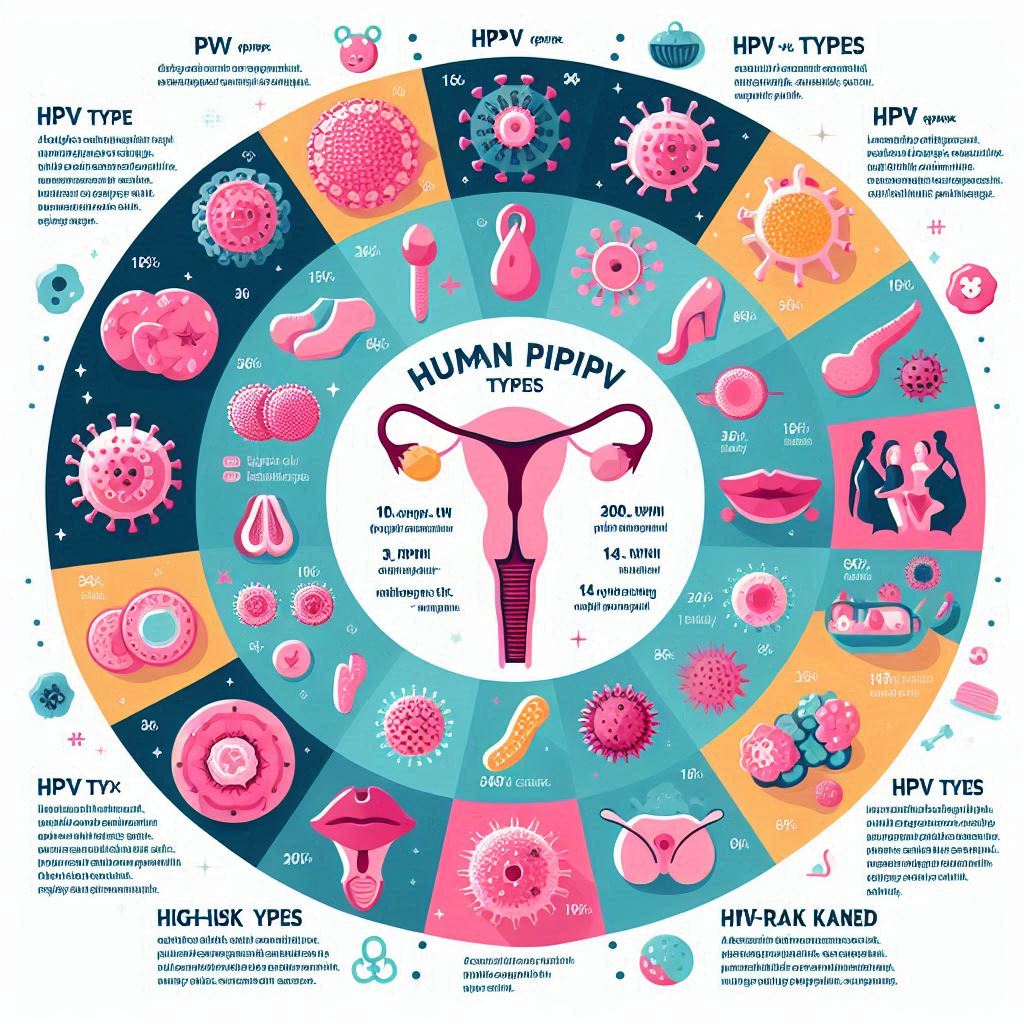Pelvic Inflammatory Disease (PID) is a serious health concern that affects numerous women globally. Caused primarily by sexually transmitted infections (STIs), PID can lead to long-term complications if not detected and treated promptly. Understanding the symptoms of PID is crucial for early diagnosis and intervention, ultimately safeguarding reproductive health. In this blog, we’ll delve into the primary symptoms of PID, their implications, and the importance of seeking medical advice. What is Pelvic Inflammatory Disease (PID)? PID is an infection of the female reproductive organs, including the uterus, fallopian tubes, and ovaries. It typically occurs when bacteria from the vagina or cervix travel upwards into these organs. While sexually transmitted infections like chlamydia and gonorrhea are the most common culprits, other non-STI bacteria can also lead to PID. Recognizing the Symptoms of PID: Symptoms of PID can be subtle and may vary depending upon the individual and the severity of the infection. Some women may not experience any symptoms at all, which is why regular gynecological check-ups are vital. However, here are some of the common symptoms associated with PID: 1. Pelvic Pain: Description: This is often the most dominant symptom. Women may experience a persistent ache in the lower abdomen, which may vary in intensity. What to Watch For: Pain can range from mild to severe and may worsen during intercourse or menstrual periods. 2. Abnormal Vaginal Discharge: Description: Many women with PID experience changes in their vaginal discharge. The discharge may be particularly foul-smelling or discolored. What to Watch For: Look for a shift in color, consistency, or odor. Clear or white discharge is typically normal, while yellow or green indicates a potential infection. 3. Menstrual Irregularities: Description: PID can cause abnormal menstrual bleeding, including heavier or longer periods, or bleeding between periods. What to Watch For: If you experience unusual changes in your menstrual cycle, it’s crucial to monitor these changes and discuss them with your healthcare provider. 4. Pain During Intercourse: Description: Discomfort or pain during sexual activity (dyspareunia) is a common symptom of PID. What to Watch For: If you notice increased discomfort during sex, especially if it’s accompanied by other symptoms, it’s time to seek medical advice. 5. Fever and Chills: Description: Some women may experience fever as the body reacts to infection. Chills can accompany this fever, indicating a more severe infection. Description: Some women may experience fever as the body reacts to infection. Chills can accompany this fever, indicating a more severe infection. 6. Low Back Pain Description: Pain in the lower back can also indicate PID. This symptom is often linked with pelvic discomfort and may be misattributed to other causes. What to Watch For: If your lower back pain is persistent and coincides with other symptoms mentioned, it could be worth discussing with a healthcare provider. 7. Nausea and Vomiting Description: Though less common, nausea and vomiting can occur due to the body’s inflammatory response to PID. What to Watch For: If accompanied by significant abdominal or pelvic pain, this symptom suggests the need for urgent medical evaluation. Why Early Detection is Crucial PID’s impact on overall health cannot be overstated. If treated early, many women can fully recover without long-term consequences. However, untreated PID can lead to serious complications, such as: Seeking Medical Attention If you experience any combination of these symptoms, it’s vital to consult a healthcare professional. Early diagnosis typically involves a pelvic examination, laboratory tests for STIs, and possibly imaging studies like ultrasound. Treatment usually includes antibiotics and, in some cases, hospitalization may be necessary. Is PID Curable? Yes, Pelvic Inflammatory Disease (PID) is generally curable, especially when diagnosed early and treated appropriately. Treatment Options: Myths vs. Facts about PID Myth: Only sexually active women can develop PID.Fact: While PID is often associated with sexually transmitted infections (STIs), it can also result from other factors, such as the presence of bacteria from the vagina or cervix. Myth: PID always causes noticeable symptoms.Fact: Many women with PID have mild or no symptoms, making it possible for the disease to go undiagnosed. Myth: Once PID is treated, it cannot come back.Fact: While PID can be treated successfully, a woman can develop it again, especially if she is exposed to STIs or has risk factors like multiple sexual partners. Myth: PID does not affect fertility.Fact: Untreated PID can lead to scarring and damage to the reproductive organs, which may result in infertility. FAQs About PID 1. What are the common symptoms of PID?Common symptoms include pelvic pain, fever, unusual vaginal discharge, painful intercourse, and irregular menstrual bleeding. 2. How can I reduce my risk of developing PID?To lower your risk, practice safe sex (e.g., using condoms), get regular STI screenings, and communicate with your partner about sexual health. 3. Can PID affect pregnancy?Yes, PID can complicate pregnancy due to the risk of ectopic pregnancy and infertility. 4. How is PID diagnosed?Diagnosis typically involves a pelvic exam, medical history review, and additional tests such as ultrasound or cultures. 5. Is a follow-up necessary after treatment?Yes, follow-up care is essential to ensure the infection has cleared and to monitor for any complications. Understanding PID is vital for maintaining reproductive health. If you suspect you have PID or are experiencing symptoms, consult a healthcare professional promptly. Conclusion Pelvic Inflammatory Disease is a significant yet often overlooked health issue that can have lasting effects on a woman’s reproductive health. Being aware of its symptoms not only empowers women to seek timely medical help but also contributes to better health outcomes. Remember, prioritizing your health is key—don’t hesitate to consult your healthcare provider if you have concerns about PID or any reproductive health issues. Your reproductive health is crucial, and taking charge of it can lead to a healthier future.

